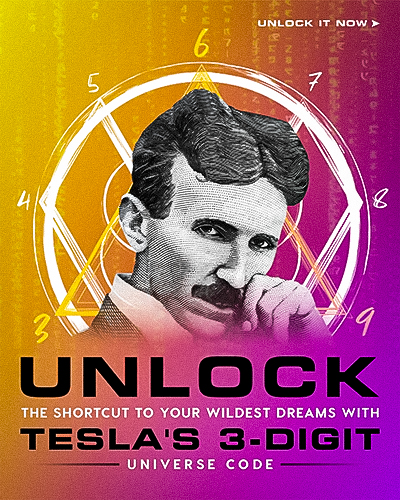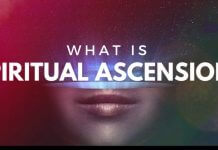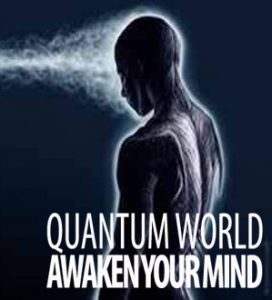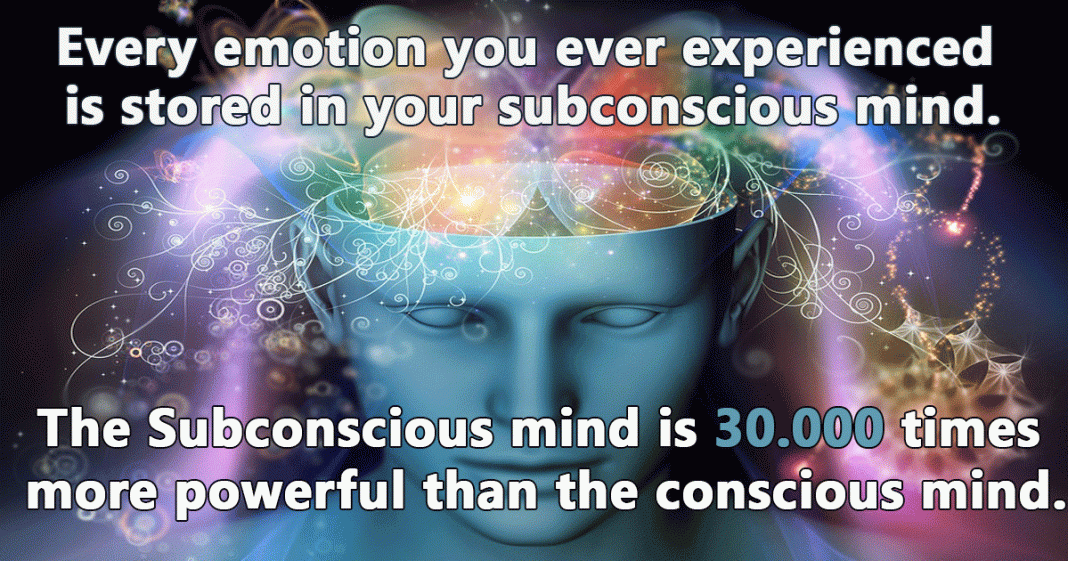
Every time we fall asleep, something mysterious happens within our minds, our bodies, and souls. We dream.
As our tired heads lay on our downy pillows, the characters we call “I” and “me” are transported through the tunnels of our conscious minds and are tossed into a sphere of perfect memory within our individual minds and we engage with the meticulous documentation of life’s heterogeneous events within the realm of the subconscious mind.
Although dreams can be perplexing and even frightening at times, they are vital for our emotional health as human beings. In fact, interestingly enough, one of the most common comparables that people suffering with depression share in common is insomnia. And why might this be?… well, because dream sleep is essential for dealing with life’s emotions.
We need to dream. And if we do not experience quality dream sleep for extended periods of time, we suffer. The function of dreaming is literally embedded into our DNA (along with virtually every other living organism on Earth) and there is incredible purpose behind why you and I will spend about 32 years of our lives sawing logs.
It’s important to realize that dreams are much more than strange expressions of the imagination though; there are many things happeneing at different levels below our dreams. They literally help us heal, rejuvenate, and improve our ability to deal with life’s stresses and activities.
A lot of people don’t know this but with the proper skills and tools you can greatly enhance the dreaming experience to help you heal your life. This article is going to focus on some recent research that has been done on dreaming, but also introduces you to the ways in which lucid dreaming can help you experience incredible moments of healing and emotional resolution.

What are dreams?
Dreams are metaphorical representations of what’s going on internally. The metaphors that we dream in use things that we are familiar with as forms of expression, such as what we’ve seen, heard, felt, smelt, and tasted in life. But our dreams rearrange these experiences into interesting pronouncements of our internal needs and desires. You could say that dreams are metaphors of what’s going on physically, spiritually, and emotionally, which is why emotional health counselors often take an interest in their patient’s dreams as a form of psychotherapy. You truly can learn things about yourself, your past, and your emotional health from your dreams – things that we sometimes repress in waking life, but are desperately seeking our attention.
As odd as our dreams may appear, science has shown that dreams are powerful resources for emotional resolution, and that they help us prepare for life’s stresses, and fulfilling our need for rest.
Perhaps one of the most fascinating things about dreams though is that, in them, we escape the restrictions of time and space and are allowed to venture into the deepest layers of our identity. And without these limitations we are permitted to enter the darkest caverns of our hearts and can thereby access memory to an extent far beyond that of the conscious mind. How amazing is that?!
The eccentric perspective of our emotions and inner selves that dreaming allows us to see has caused many people to believe that lucid dreaming can help us tap into the limitless power of the subconscious mind, and that we can consciously guide the dreaming experience to our benefit.
As a lucid dreaming practitioner of over 10 years, I can tell you from experience that this is all a reality. You truly can make remarkable progress internally and heal things in your life you never thought possible through the power of lucid dreaming. And the coolest part about it all is that anyone can learn how to do it. I’m walking and talking evidence of this.
Anyway, moving on…
The science of lucid dreaming (for the skeptic):
 For many years, members of the scientific community remained incredulous to the claims of lucid dreamers and the proposed ability to consciously control the mind while dreaming. Many people (even very educated people) used to believe that lucid dreaming was hokie pokie nonsense. But things have shifted, due to the vast attention and research that’s been directed on the subject of lucid dreaming.
For many years, members of the scientific community remained incredulous to the claims of lucid dreamers and the proposed ability to consciously control the mind while dreaming. Many people (even very educated people) used to believe that lucid dreaming was hokie pokie nonsense. But things have shifted, due to the vast attention and research that’s been directed on the subject of lucid dreaming.
“Lucid dreaming has considerable potential for promoting personal growth and self-development, enhancing self-confidence, improving mental and physical health, facilitating creative problem solving and helping you to progress on the path to self-mastery.”
-Stephen LaBerge, PhD
Last year, at the Max Planck institute of Germany, lucid dreaming was verified (yet again) as a scientific fact and was demonstrated to be both testable and reproducible. In the study that was performed, researchers asked well-practiced lucid dreamers to undergo some basic brain scans while performing basic activities as an attempt to verify that these individuals could attain consciousness within the dreamscape.
Prior to the lucid dreamers going to sleep, the researchers had each participant perform the basic task of alternating their fist clenching from left to right. Then they asked the dreamers to communicate back to them from their beds as soon as soon as they had successfully initiated a lucid dream and had them to perform the same basic exercise of clenching their fists from left to right. Fascinatingly, the dreamers successfully activated the same parts of the brain when they clenched their fists from left to right during REM sleep as they did while awake.
Pretty cool, right? So what can be done with lucid dreaming and how can it be used for emotional health?
What happens in our dreams doesn’t necessarily have to stay in our dreams:
You can look at the subconscious mind, which governs the mechanism of dreaming, as a library, containing volumes of information about you, such as what your true emotions are, who is a threat to you emotionally, etc. Although many of these secrets have been buried deep below the territory of the conscious mind, they echo like a familiar voice to our ears when we dream, so much so, that we often believe that our dreams are real when we are in them. Even beyond our dreams, we (and maybe you’ve probably even experienced this yourself) – we sometimes wake up with powerful emotions that carry a residual affect into our waking lives. Have you ever experienced this? It can have an undeniable affect on your day.
Most people know that the subconscious mind operates through patterns. We can see this because it governs pretty much everything within the human psyche that requires automatic repetition, such as our heartbeat, catching us when we trip, or even how we react to situations and people within our lives. And the fabric in which many of these patterns are weaved deep within us is through the mechanism of dreaming.
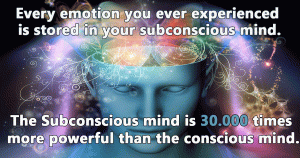
How Can Lucid Dreaming Help Me Heal Emotionally?
Lucid dreaming can assist with emotional healing by helping you correct some of the subconscious patterns that have been knotted in your mind and heart and life.
A good example of this is how people use lucid dreaming to overcome recurring dreams and nightmares. Interestingly, research has shown that there is a direct correlation between people who have recurring nightmares and those who suffer with OCD, anxiety, and even PTSD. But research has also shown that lucid dreaming can often help people combat these disorders and end recurring dreams by changing the dream experience through conscious guidance.
One documented instance of this was broadcast on radio lab a few years ago. A gentleman shared his fascinating story about a repeated nightmare he’d been traumatized by for over 10 years. But he finally ended it once and for all after he confronted the terrifying character of his dream while in a state of lucidity. I highly recommend listening to this when you have a chance. It demonstrates some of the very facts we are discussing.
In summary, as you consciously guide the outcome of your dreams so that they play out how your conscious mind directs rather than by default – you can heal wounds that have repeatedly affected you over and over through out your life. This is possible through the practice of lucid dreaming. It takes a little practice, and even a little know how, but in reality, anyone can learn it. Like I said earlier, I’m walking and talking evidence of this.
How Can I Start Having Lucid Dreams?
If you are interested in exploring your internal world a bit through lucid dreaming, I want you to know that you can learn how to do this. There are all kinds of lucid dreaming techniques out there; some work, while others are truly a waste of time. Trust me on this. Below I’ll share a link to some techniques that have helped me develop my lucid dreaming capacity.
There is an awesome program designed to make you a master at lucid dreaming and astral projection containing 6 informative ebooks on these topics and includes techniques, benefits, tips, and guidelines, as well as audio files and tons of bonus material. There is also information and audio files of binaural sound frequencies and how we can use these to explore our minds. This program is accessible and effective. Anyone can have these experiences, and they can change your life.
It’s important to understand that the types of things we put into our bodes have a direct impact on the dreaming experience. I I recommend this program to beginners especially because thousands of people have experienced their first lucid dreams through the use of this techniques. The dreaming experiences I’ve had with it myself have truly been amazing and I can confidently endorse its effectiveness.
Other resources to consider:
If you’re interested getting serious about digging deeper into your dreams through the power of lucid dreaming, it can also be incredibly healing to journal your dreams.
Journaling in general has all kinds of proven therapeutic benefits, but dream journaling especially can truly open a resevoir of fascinating emotional metaphors that you can undoubtedly learn from. Interestingly too, did you know that the average person begins to experiencing lucid dreams after just 2 weeks of dream journaling? I’m actually walking and talking evidence of this. In fact, that’s how I first started to have lucid dreams. I must say though that some dream journaling methods are more effective than others.

